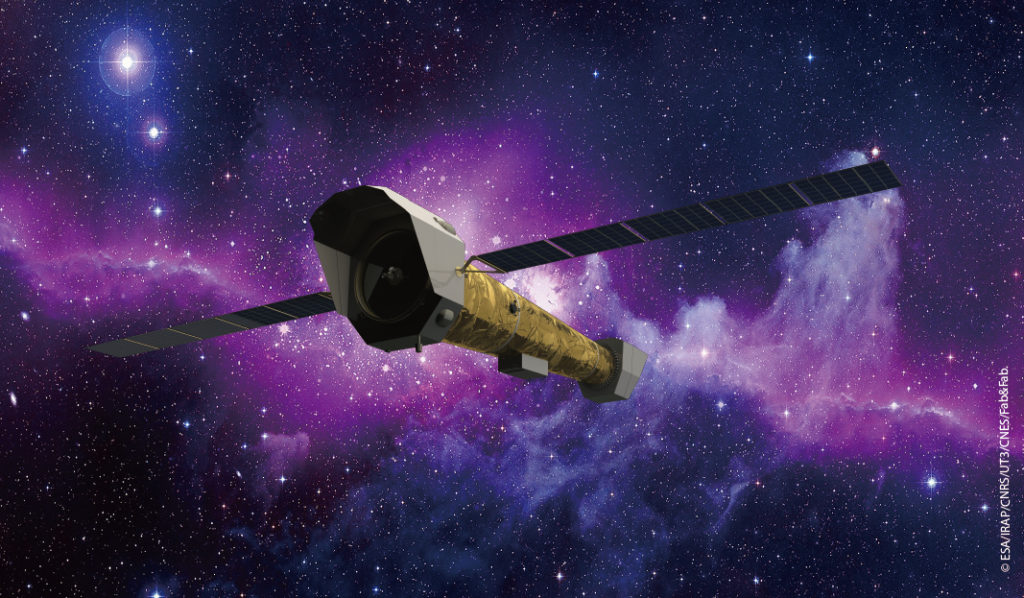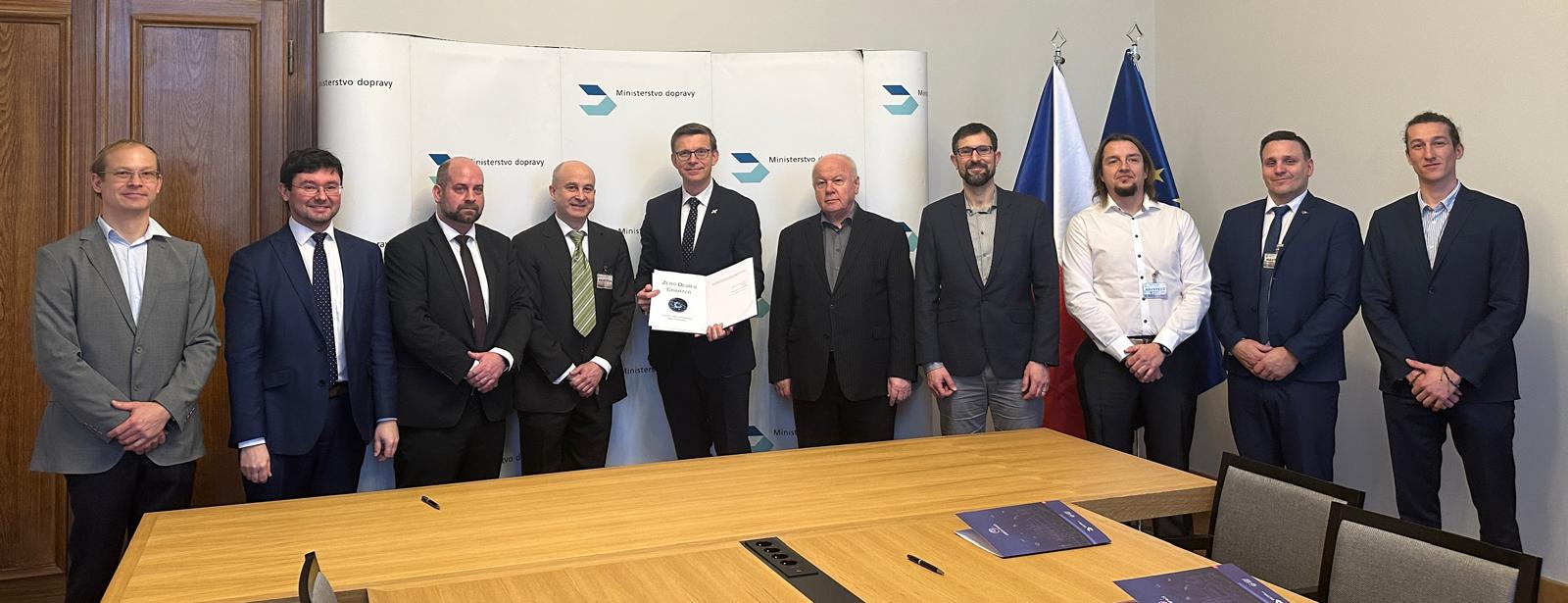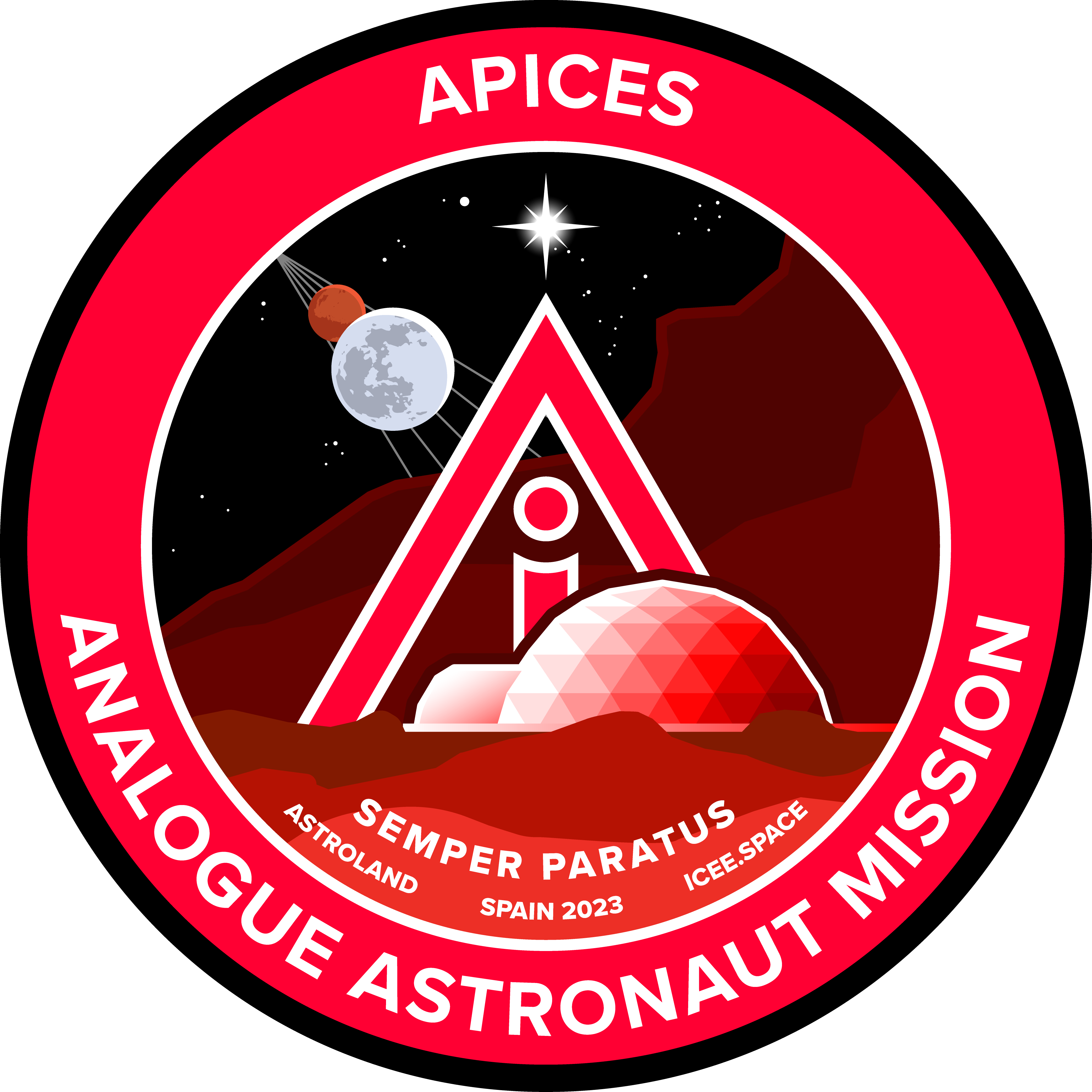The aim of the CRYSA project is to find and test materials that can withstand extremely low temperatures of minus 270 degrees Celsius. The project is being led by Czech company OHB Czechspace, which has been awarded a contract by the European Space Agency (ESA). Scientists from the Czech Academy of Sciences contribute on the project. The results will be known in the first half of 2024. The materials will be used by ESA researchers to prepare a new generation of space X-ray telescopes.

“At the end of 2022, we successfully completed the first phase of the CRYSA project, evaluated the available materials and received the green light from the European Space Agency to produce the first samples. For their development and production, we now want to approach primarily Czech manufacturers and suppliers who will further participate in the project with us,” said Radka Václavíková, project manager at OHB Czechspace.
The aim of the CRYSA project is to find and test materials that can withstand temperatures below minus 270 degrees Celsius. These temperatures are referred to as cryogenic. The materials will be used to develop a new generation of space X-ray telescopes. An example of such a telescope is the European Space Agency’s planned ATHENA mission, which will study hot and energetic objects in deep space and supermassive black holes.
“ATHENA is an upcoming space telescope that will include two very powerful optical instruments for X-ray imaging and spectroscopy. These instruments must be cooled to extremely low temperatures to achieve the required performance and resolution. Our task is to design and test materials suitable for the parts of the special module, cryostat, in which the instruments will be placed and which will ensure that they are cooled to the required temperature. These parts are called cryostat straps and they are separating the individual layers of the module,” explained Tomáš Pejchal, Research and Development Engineer at OHB Czechspace.
“In the past, glass or carbon fibre reinforced composite materials have been used for the cryostat straps. In collaboration with scientists from the Czech Academy of Sciences, we want to use current scientific knowledge to design and test materials that have better thermal and mechanical properties. The goal is to achieve very low thermal conductivity while maintaining sufficient strength and stiffness. To achieve extremely low temperatures, we will use the Czech Academy of Sciences’ testing facility, which is unique in Europe,” added Pejchal.
OHB Czechspace will work on the CRYSA (CRYostat Straps for Athena) project with scientists from the Institute of Scientific Instruments and the Institute of Physics of Materials of the Czech Academy of Sciences to develop and test the cryogenic material. The results will be known in the first half of 2024.
About OHB Czechspace
OHB Czechspace is a member of the technology group OHB SE, one of the leading forces in Europe’s space sector. OHB Czechspace focuses on supplying spacecraft and launcher structures as well as its mechanical ground support equipment. The company has been awarded various contracts within ESA programmes, including the Hera planetary defence mission, the PLATO exoplanet research mission, and the carbon dioxide monitoring mission, CO2M. In 2022, the company was awarded a contract by ESA to prepare the first phase of the SOVA Czech satellite mission which will help to improve climate and extreme weather prediction. For more information visit www.ohb-czech.cz
Source: OHB Czechspace


